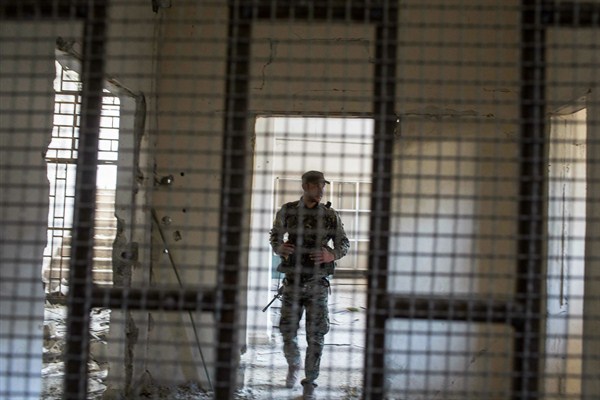Editor’s note: This article is part of an ongoing series on the Islamic State after the fall of Raqqa and the outlook for Syria and its neighbors.
What does the future of the Islamic State look like in the wake of its battlefield setbacks in Iraq and Syria, from the fall of Mosul last summer to Raqqa last month? Will it revert to a low-level insurgency, or lash out with the kinds of terrorist attacks more associated with its predecessors, like al-Qaida? Can it sustain itself as a movement drawing in sympathizers and recruits from around the world?
Writing for The Washington Post last month, J.M. Berger and Amarnath Amarasingam argued that the Islamic State’s “enormous losses … will cripple the effectiveness of its previous approach to recruitment” since “it has lost far more than territory. It has lost the living, beating heart of its appeal.” They highlighted a fundamental factor behind the Islamic State’s success: its ties to a broader social movement of jihadi extremism. As they pointed out, a shared sense of identity among its adherents manifested itself in the concept of “entitativity,” or groupness, that is essential for mobilization.

